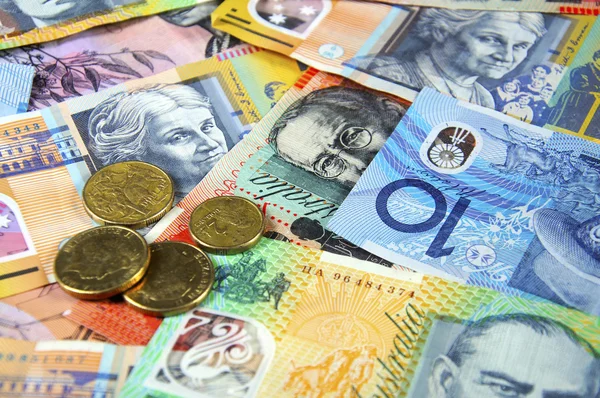Australian Dollar is falling, probably due to investors’ nervousness about upcoming inflation data.
The Australian Dollar (AUD) fell on Tuesday, despite an uptick in Australia’s Westpac Consumer Confidence Index, which was announced on Tuesday. This drop could be attributable to investors becoming cautious ahead of this week’s Australian inflation report. However, the Australian Dollar fall may be limited due to the Reserve Bank of Australia’s (RBA) hawkish stance. RBA Governor Michele Bullock stated during her most recent press conference that the board considered prospective rate hikes while discounting the possibility of near-term rate decreases as per ABC news. Markets have dramatically decreased their expectations for an RBA rate drop this year, with no lowering expected until April next year.
The US dollar may restrict its decline. Strong US corporate activity data has cooled hopes for Fed rate reduction.
The US Dollar is trading on a lower note ahead of major US economic data anticipated later this week. The revised US GDP for the first quarter (Q1) is scheduled to be reported on Thursday, followed by the Personal Consumption Expenditure (PCE) Price Index on Friday.
Daily Market Movers: Australian Dollar Edges Lower Due to Risk Aversion.
The Australian Dollar (AUD) fell on Tuesday. In June, Australia’s Westpac Consumer Confidence increased by 1.7% month on month, following a 0.3% fall the previous month. This is the first increase in four months, marking the highest level since February.
According to the CME FedWatch Tool, investors expect the Fed to decrease interest rates in September by approximately 67.7%, up from 61.5% a week ago.
On Tuesday, the People’s Bank of China injected 300 billion yuan in seven-day reverse repos, keeping the rate at 1.8%. Any changes in the Chinese economy could have an impact on the Australian market, given China and Australia are close trading partners.
US Composite PMI beat expectations, rising to 54.6 from 54.5 in May.
On Friday, the June US Composite PMI beat expectations, rising to 54.6 from 54.5 in May. This statistic represented the greatest level since April 2022. The manufacturing PMI rose to 51.7 from 51.3, beating the expectation of 51.0. Similarly, the services PMI increased to 55.1 compared to 54.8 in May. Exceeding the consensus prediction of 53.7. According to Reuters, Fed Reserve Bank of Minneapolis President Neel Kashkari stated on Thursday. That inflation will most likely take a year or two to get to 2% levels.









